
Adolf LaMuth Collection, Courtesy of Jim LaMuth 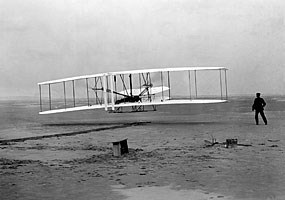
1903On December 17th, at Kitty Hawk, North Carolina, Orville Wright pilots the Flyer for 120 feet into a freezing headwind. The achievement marks the first sustained powered flight in a heavier-than-air machine and demonstrates a new tide of technological advancement. 1908Thomas Hoatson Jr, owner of the Calumet & Arizona Mining Company, builds the Laurium Manor for $50,000 ($1.7 million today). The house, which consists of 45 rooms, is now a heritage site for Keweenaw National Historical Park. 1910The Houghton Public Library opens in the building that would later in 2006 become the Carnegie Museum, a heritage site for Keweenaw National Historical Park. 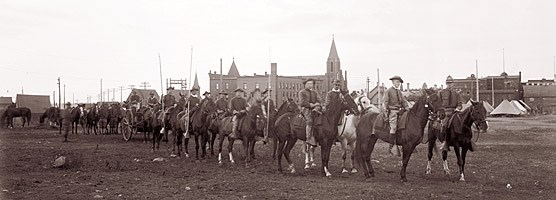
Keweenaw NHP Archives, Jack Foster Collection 1913On July 23rd, backed by the Western Federation of Miners, workers strike after company managers refuse to discuss demands for better pay and working conditions. A chief concern is the introduction of a "one-man" drill which will shrink the workforce. The Michigan National Guard arrives in the Copper Country to maintain order. 1914Marked by episodes of violence and public division, the strike ends in April, almost a year after it began. Workers return to the mines on the companies’ conditions. Though the companies feel victorious, copper mines in the Western U.S. are now established as the primary domestic copper producers. 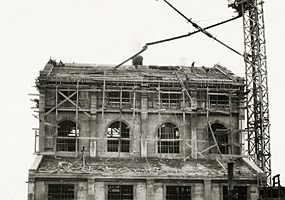
1920Quincy installs the largest steam hoist in the world to haul rock out of the mine. As copper prices remained low and mines had to dig deeper, technological fixes were relied on to try and reduce production costs and keep the mines going. 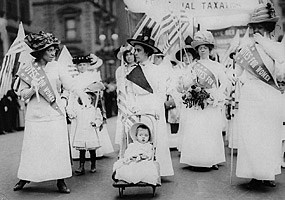
Women receive the right to vote in the U.S. after 36 of the 48 states ratify the Nineteenth Amendment to the U.S. Constitution, although Michigan women had already won this right through a state amendment in 1918. 1929By the closing bell on October 29, known as Black Tuesday, the Wall Street Stock Market loses $14 billion in value, bringing the loss for the week to $30 billion - ten times more than the annual budget of the federal government at the time. Many industries, including area copper mines, close during the Great Depression that follows. Even with relief efforts sponsored by the federal government, the downturn in industry persists until the outbreak of World War II in 1939. 1933After over 80 years of activity, Quincy Mining Company temporarily closes down. With little demand and low copper prices, other Keweenaw companies also suspend operations or dissolve. Only C&H and the Copper Range Mining Company continue underground mining. After copper prices rise in 1937, Quincy will resume mining at shafts No. 6 & No. 8. 1938President Franklin D. Roosevelt signs the Fair Labor Standards Act. The law establishes a national minimum wage, guarantees time and a half for overtime in certain jobs, and prohibits most employment of minors in “oppressive child labor.” These decisions affected work in the mines by normalizing 40-hour work weeks and eliminating children from working in that setting as they had been doing before. 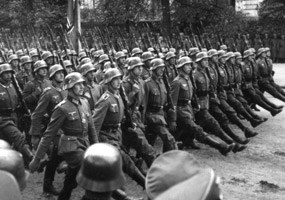
1939In September, Germany invades Poland, beginning World War II. 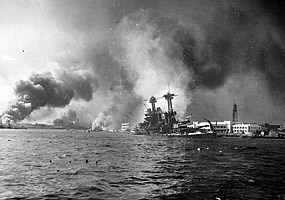
1941On December 7th, Japan launches an unexpected attack on Pearl Harbor. On December 8th, the U.S. enters World War II after declaring war on Japan. Copper is placed under price controls to prevent war profiteering. Four companies on the Keweenaw Peninsula continue mining but they are only able to cover costs. 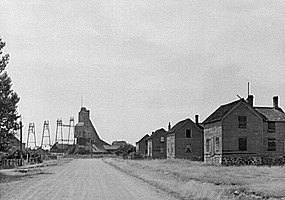
1941 John Vachon photograph. Courtesy of the Library of Congress 1945Quincy, the oldest active mine in the Keweenaw, stops mining operations after a government contract for copper expires and the demand for copper for war purposes ends. Soon only C&H and Copper Range remain. |
Last updated: July 25, 2024
